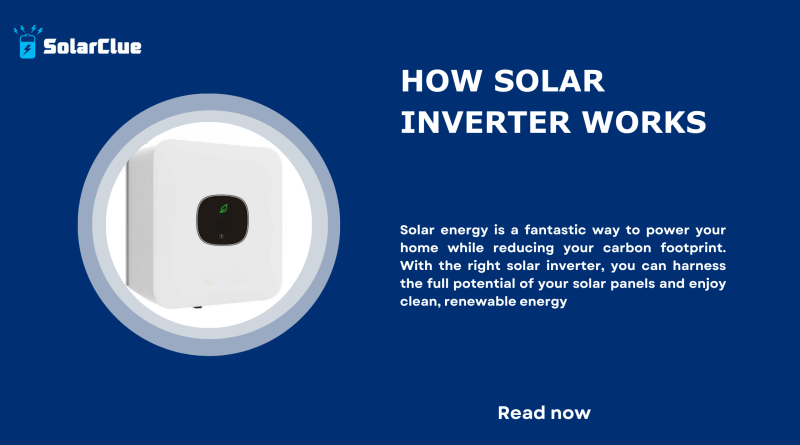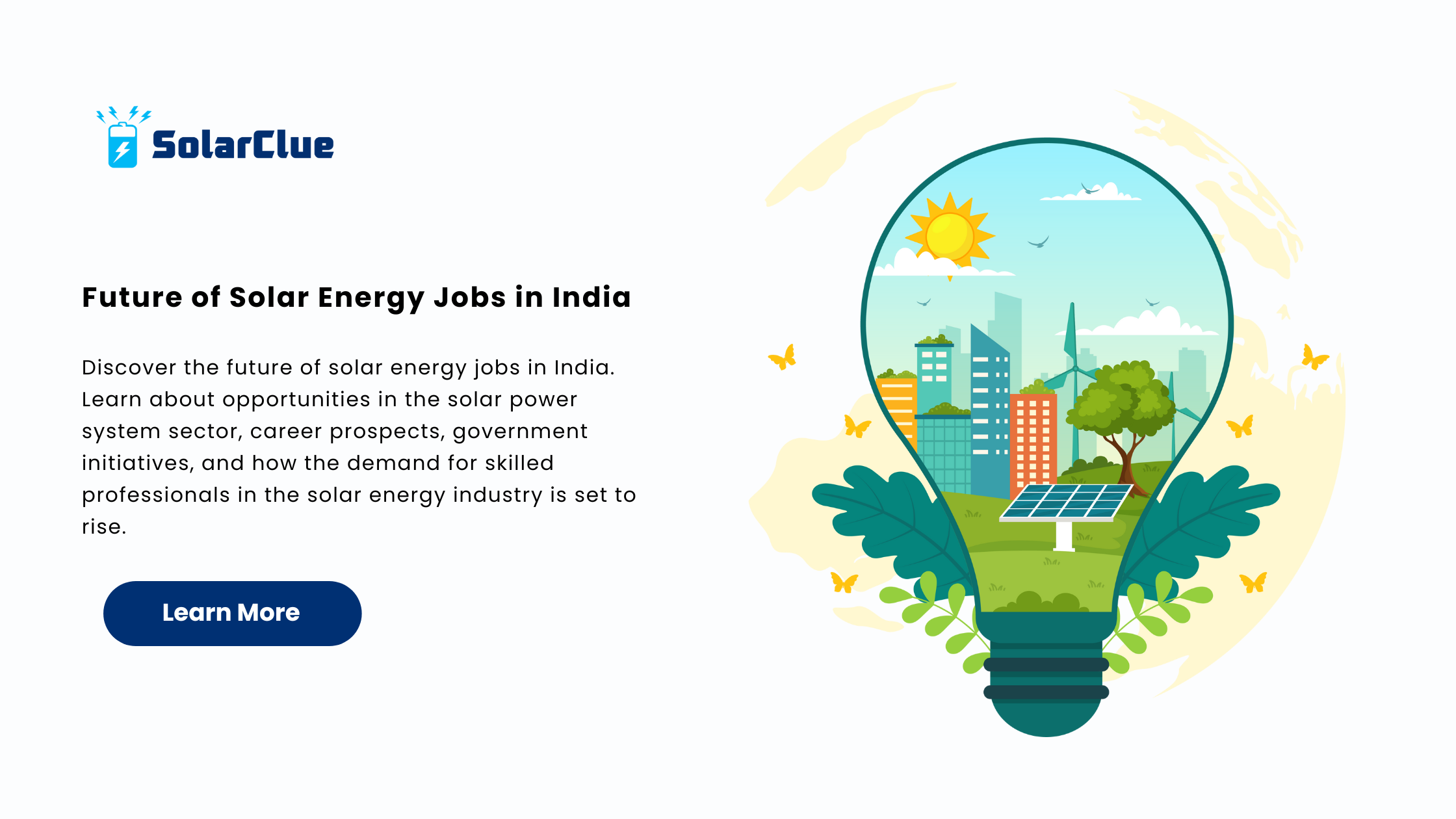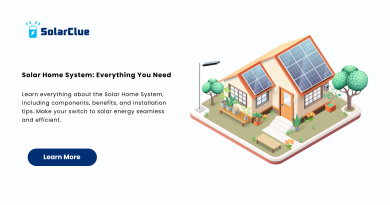How Solar Inverter Works
If you’ve ever wondered how solar panels transform sunlight into electricity that you can use in your home, you’re in the right place. Let’s dive into the world of solar inverters, the unsung heroes of solar power systems. We’ll break things down into simple terms, explore how they work, and why they’re so crucial to harnessing solar energy efficiently.
Table of Contents
What is a Solar Inverter?
Imagine you’re in a sunny park, and you’re using a solar-powered calculator. The calculator runs on the sun’s energy, but it needs that energy in a specific form to function properly. That’s where a solar inverter comes in.
In a solar power system, solar panels generate direct current (DC) electricity when sunlight hits them. Most homes and appliances, however, use alternating current (AC) electricity. Think of DC as a one-way street and AC as a two-way street. Your home’s electrical system runs on AC, so we need a way to convert DC from the solar panels into AC. That’s exactly what a solar inverter does.
How Does a Solar Inverter Work?
Let’s break down the process into easy-to-understand steps.
1.Solar Panels Generate DC Electricity: When sunlight hits your solar panels, they convert it into DC electricity. Think of this as the raw energy from the sun.
2.DC Electricity Needs Conversion: Solar inverters take this DC electricity and convert it into AC electricity. It’s like translating one language into another so that your home’s electrical system can understand and use it.
3.Monitoring and Managing Power: A solar inverter doesn’t just convert electricity; it also manages the energy flow. It keeps track of how much power your system is producing and ensures that your solar power system operates efficiently. Some advanced models can even connect to the internet, allowing you to monitor your solar power production remotely.
4.Safety Features: Solar inverters come with built-in safety features. For example, they have mechanisms to shut down the system if there’s a fault or if maintenance is needed. This ensures that your solar power system is safe to use.
5.Feeding Power to Your Home: Once the DC electricity is converted into AC, it flows through your home’s electrical system. Any excess electricity that your home doesn’t use can be sent back to the grid, if your system is connected to it, potentially earning you credits on your utility bill.
Types of Solar Inverters
There are a few different types of solar inverters, each with its own advantages. Here’s a quick rundown:
1.String Inverters: These are the most common type. They work well for systems where the solar panels are in the same area and receive similar amounts of sunlight. They’re cost-effective but can be less efficient if your panels are shaded or oriented differently.
2.Microinverters: These are small inverters that attach to each solar panel individually. They’re great for maximizing energy production in systems where panels might be shaded or positioned at different angles. They tend to be more expensive but offer better performance and flexibility.
3.Power Optimizers: These devices work with string inverters to improve efficiency. They’re installed on each panel to optimize its performance and then send the DC electricity to a central inverter. This setup can help mitigate issues with shading and panel mismatches.
4.Hybrid Inverters: These are versatile units that combine the functionality of a solar inverter with a battery inverter. They can manage both solar power and energy storage systems, allowing you to store excess power in batteries for use when the sun isn’t shining.
Key Features to Consider
When choosing a solar inverter, there are a few important features to keep in mind:
1.Efficiency: This refers to how well the inverter converts DC electricity to AC electricity. Higher efficiency means more of the solar power you generate is used effectively. Most modern inverters have efficiencies between 95% and 98%.
2.Warranty: Solar inverters typically come with warranties ranging from 5 to 10 years. A longer warranty can give you peace of mind and ensure that you’re covered if any issues arise.
3.Monitoring Capabilities: Some inverters come with advanced monitoring features that allow you to track your solar power production and system performance through a smartphone app or online portal.
4.Size and Design: The physical size of the inverter matters, especially if you have limited space. Make sure it fits well in your designated installation area.
5.Temperature Tolerance: Solar inverters need to operate efficiently in various weather conditions. Check the temperature range that the inverter can handle to ensure it will perform well in your local climate.
Comparing Solar Inverter Types
Here’s a simple table comparing the different types of solar inverters



